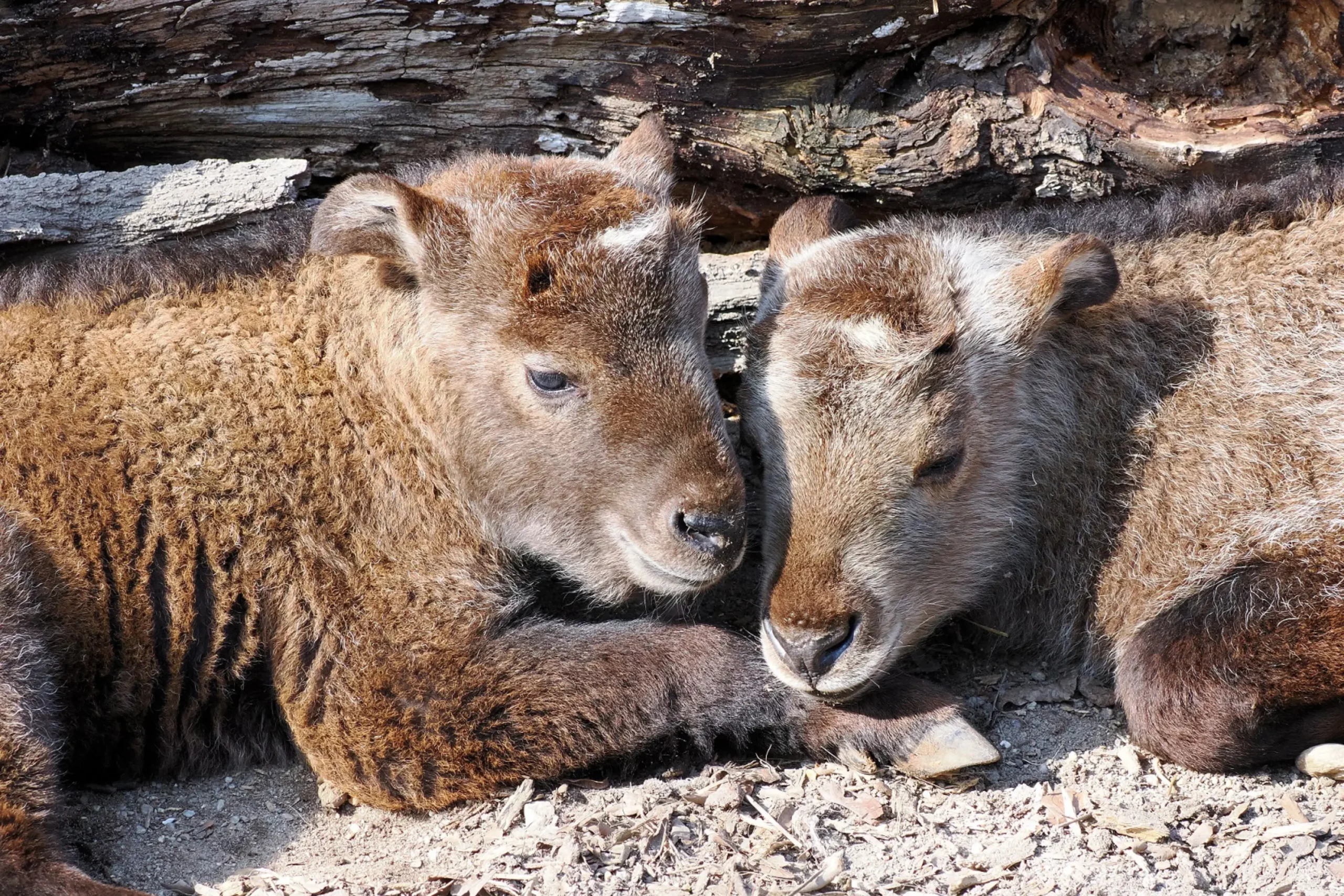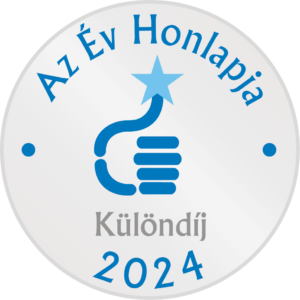Lezárult a szavazás a két takinborjú nevére. Az öt voksolásra bocsátott névpár közül a Meilin és a Bao lett a befutó. Ezek mind kínai nevek, és azért kerültek be a választható nevek közé, mert az aranyszőrű takin Kínában, Senhszi tartományban honos.

Aki otthon állatot tart, általában el is nevezi kedvencét: kutyáját, cicáját, tengerimalacát, papagáját. Persze ha egy helyen több kedvtelésből tartott állat van, mondjuk halak az akváriumban, nem feltétlenül kapnak mind nevet, de azért a közösségből valamilyen ok miatt kitűnő állatoknak ilyen esetben is lehet nevük. Sőt, amikor a mai értelemben vett társállatok, kedvtelésből tartott állatok tartása még nem volt elterjedt, az emberek akkor is adtak nevet az állataiknak: lovuknak, tehenüknek, attól függően persze, hogy egy-két, vagy nagyon sok állatot kellett-e elnevezniük.
Állategyedeknek személynevet, személyre szóló hívónevet adni persze korántsem amolyan újabb kori huncutság, hanem sokezer éves szokás, mondhatni, civilizációs jelenség. A klasszikus történelmi és irodalmi forrásokban járatosak tudhatják például, hogy Nagy Sándor kedvenc lovát Bukephalosznak hívták, pedig ez már több mint 2300 éve volt. De az ókori Egyiptom fénykorából is ismerünk máig fennmaradt kutyaneveket. A névadás szokása alighanem még régebbi, az írásbeliség előtti időkre vezethető vissza.
Természetes dolog, hogy az állatkertekben is szokás nevet adni az állatoknak. Nem az összesek, de azért soknak közülük. A nagy kérdés persze, hogy milyen nevet kapjanak. Időnként az állatgondozók nevezik el őket, ami elég kézenfekvő, hiszen tulajdonképpen ők azok, akik nap mint nap meg is szólítják a gondjaikra bízott állatokat. Előfordult már olyan eset is, amikor az örökbefogadó szülők (tehát akik jelképesen örökbe fogadták) választottak nevet egy-egy, névvel még nem is rendelkező állatnak. És persze az sem ritka, hogy a Facebookon kérünk kommentben névjavaslatokat, vagy pedig előzetesen kiválasztott neveket bocsátunk szavazásra Állatkertünk weboldalán.
Ez történt legutóbb is a takinborjak esetében. Mivel két féltestvérnek, Manka és Panka nevű takinjaink borjainak kerestünk nevet, ezért névpárokra lehetett szavazni, abból is mindjárt ötfélére. A névpárok közül végül a Meilin és a Bao nevek lettek a befutók. Ezek történetesen kínai, Kínában elterjedtnek mondható nevek: azért gondolkodtunk többek között ilyen nevekben is, mivel az aranyszőrű takinok Kínában, közelebbről a Csinling-hegység mentén őshonosak, annak is azon a részén, amely Senhszi tartomány déli részén húzódik. A nevek egyébként jelentésükben is kapcsolódnak a természetben ritkulóban lévő, aranyszőrű állatokhoz, akiknek bundája az aranygyapjú mitológiai történetének egyik ihletője is lehetett.
A Meilin nevet a március 6-án született nőstény borjú, Manka lánya kapta. Ennek a névnek az eredeti írásmódja kínai írásjelekkel 美林, latin betűs pinyin/pinjin átírása (ez a Kína által megállapított, hivatalos latin betűs átírás) Meilin, illetve Měilín (a hanglejtést jelölő ékezeteket is feltűntetve), népszerű magyar átírása pedig Mejlin. A név jelentése „gyönyörű erdő”, bár létezik két másik névváltozat is, amely kiejtésben és latin betűs átírásban nem különbözik, a különbség csak kínai írásjelekkel leírva látható. Ez egyik változat (美琳) szép drágakövet, leginkább jádét jelent, a másik pedig (美麟) szép nőstény egyszarvúra, illetve az egyszarvúhoz hasonló mitológiai patásra utal.
Bao a február 25-én született hím borjú, Panka fiának neve lett. Kínai írásjellel ezt a nevet így írjuk: 宝, latin betűs pinyin/pinjin átírása Bao, illetve Bǎo, népszerű magyar átírása pedig Pao. A szó és a név kincset, ékszert jelent, de úgy is lehet érteni, hogy értékes, illetve ritka.
Meilin és Bao, valamint a két anyaállat, Panka és Manka most is láthatók a Nagyszikla oldalában lévő kifutójukban, a szomszédban pedig ott van az apuka, Janek is. A mostani hétvége különösen jó alkalomnak ígérkezik a meglátogatásukra, annál is inkább, mert a napokban, péntektől vasárnapig lesz a Kürtőskalács Vigalom is. Emellett azzal, hogy a takinborjak nevet kaptak, már örökbe is lehet fogadni őket jelképesen az Állatkerti Alapítványnál. Alapítványunk egyébként épp most vasárnap tartja az állatkerti nevelőszülők hagyományos találkozóját.
Iratkozz fel hírlevelünkre és értesülj elsőként újdonságainkról, programjainkról és friss híreinkről!

